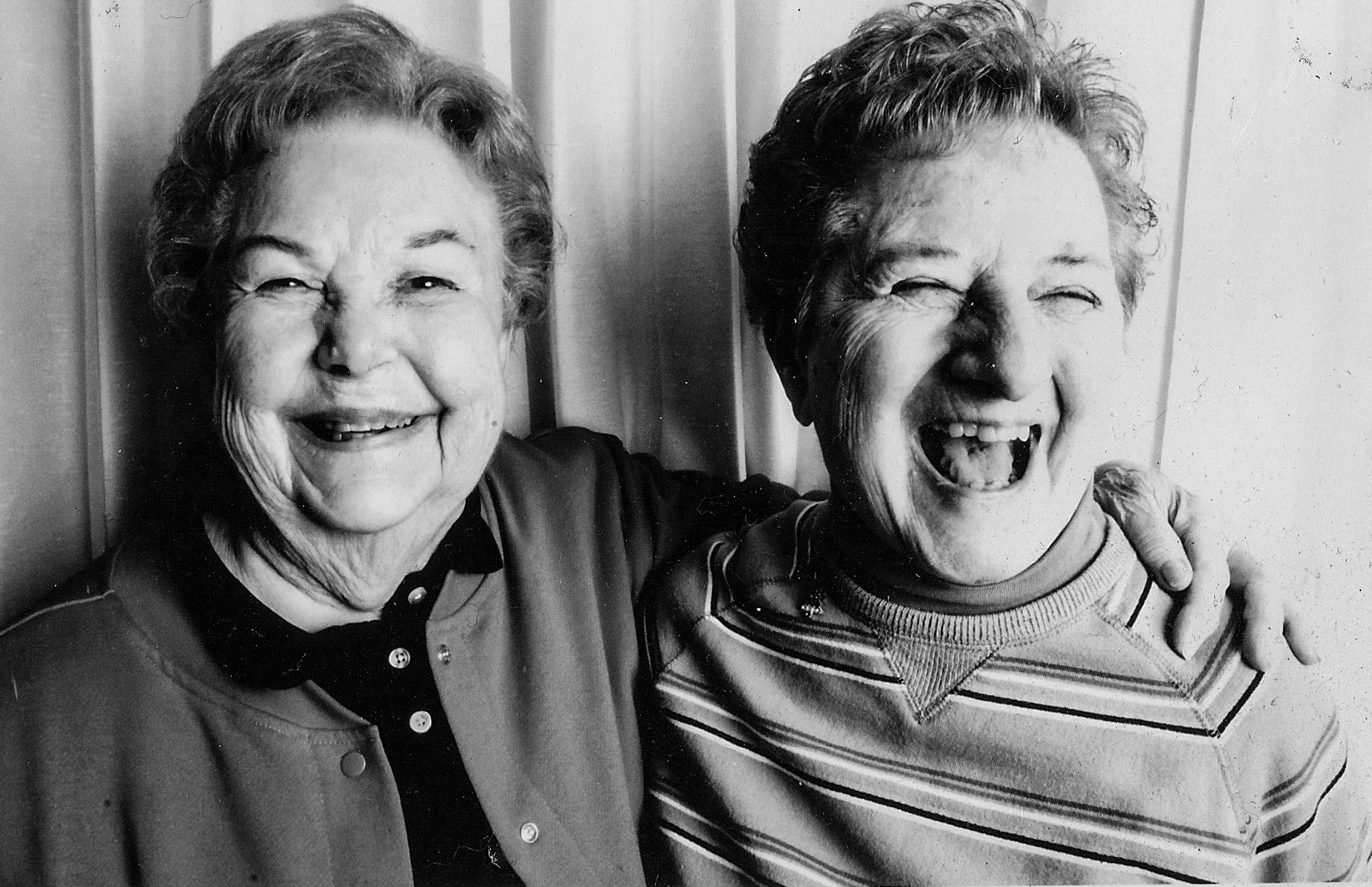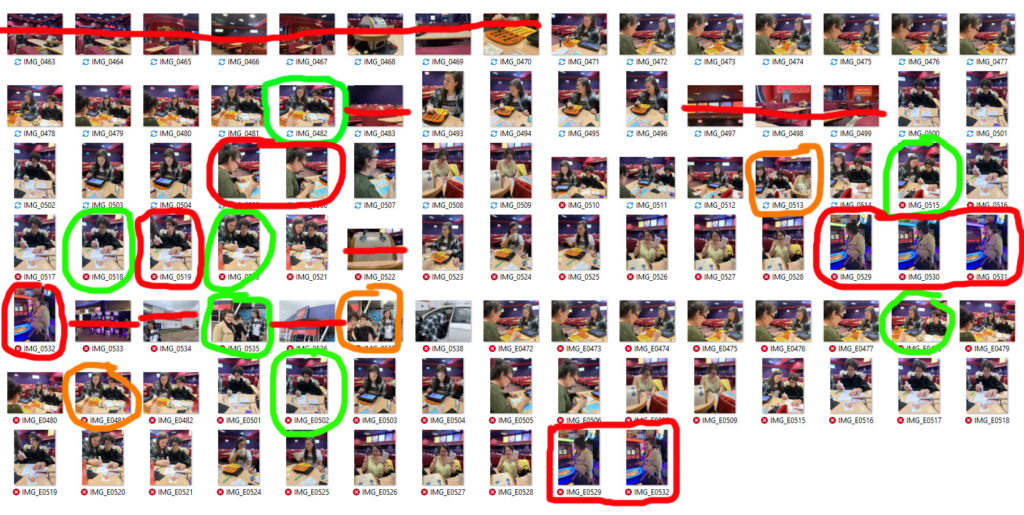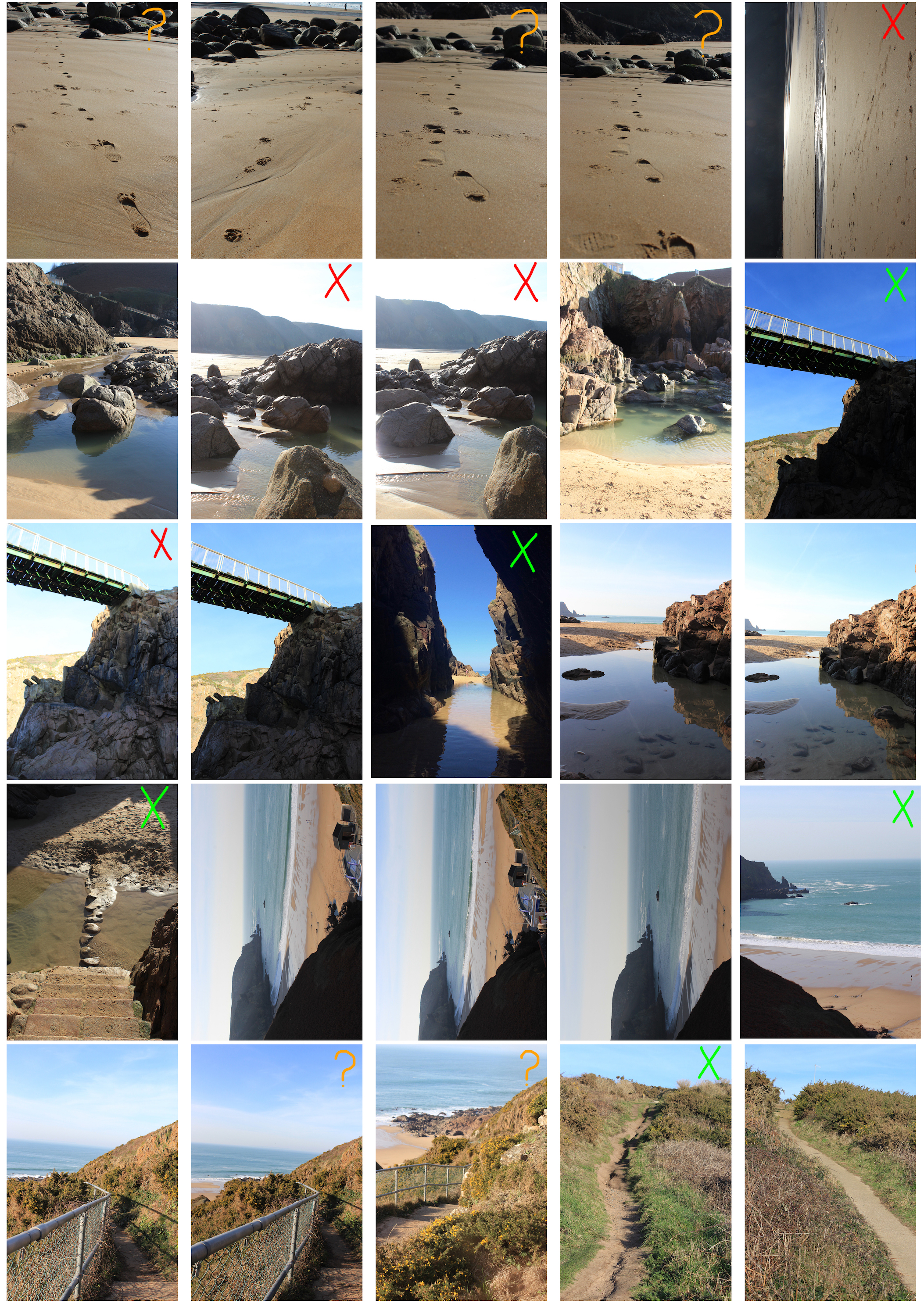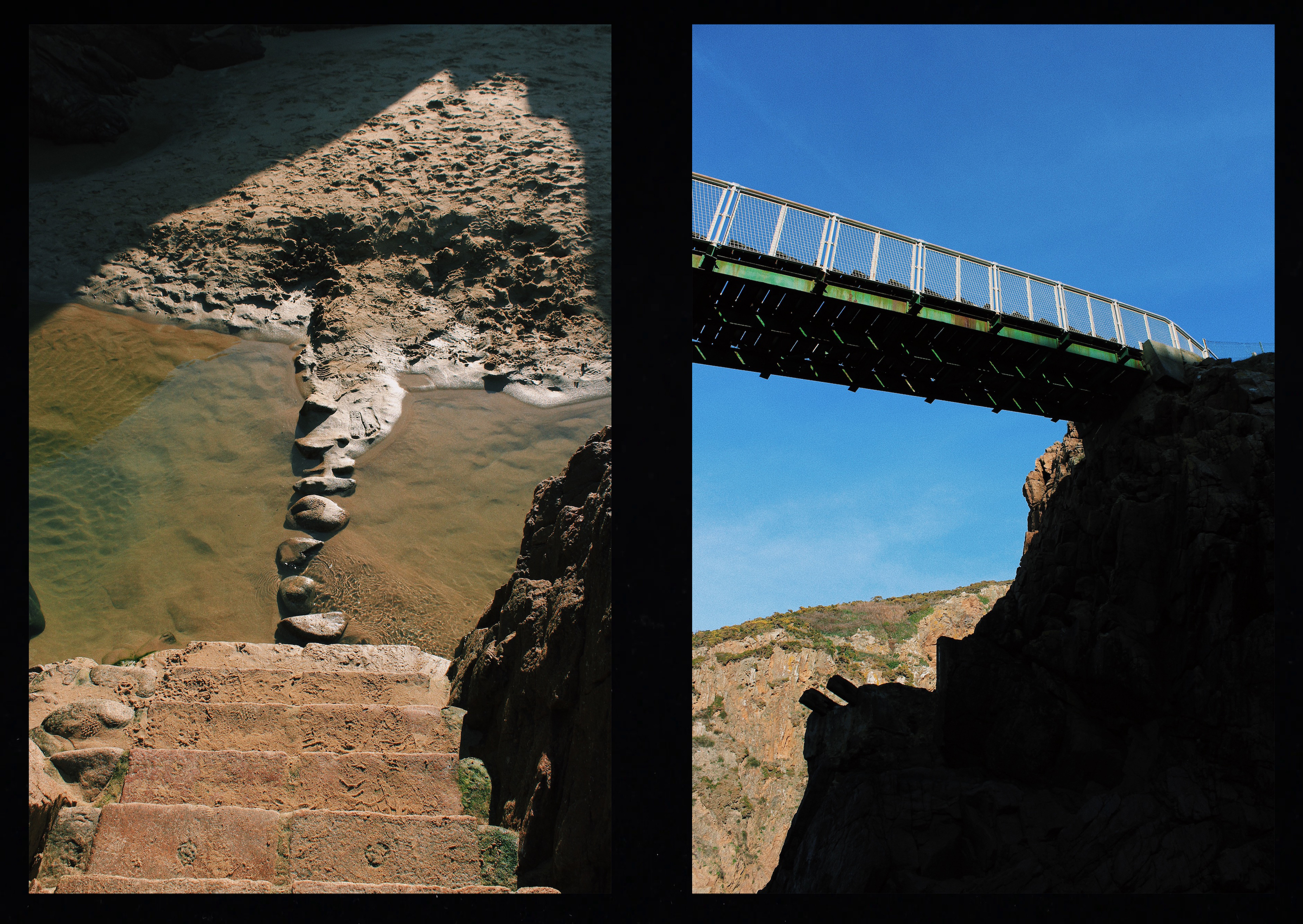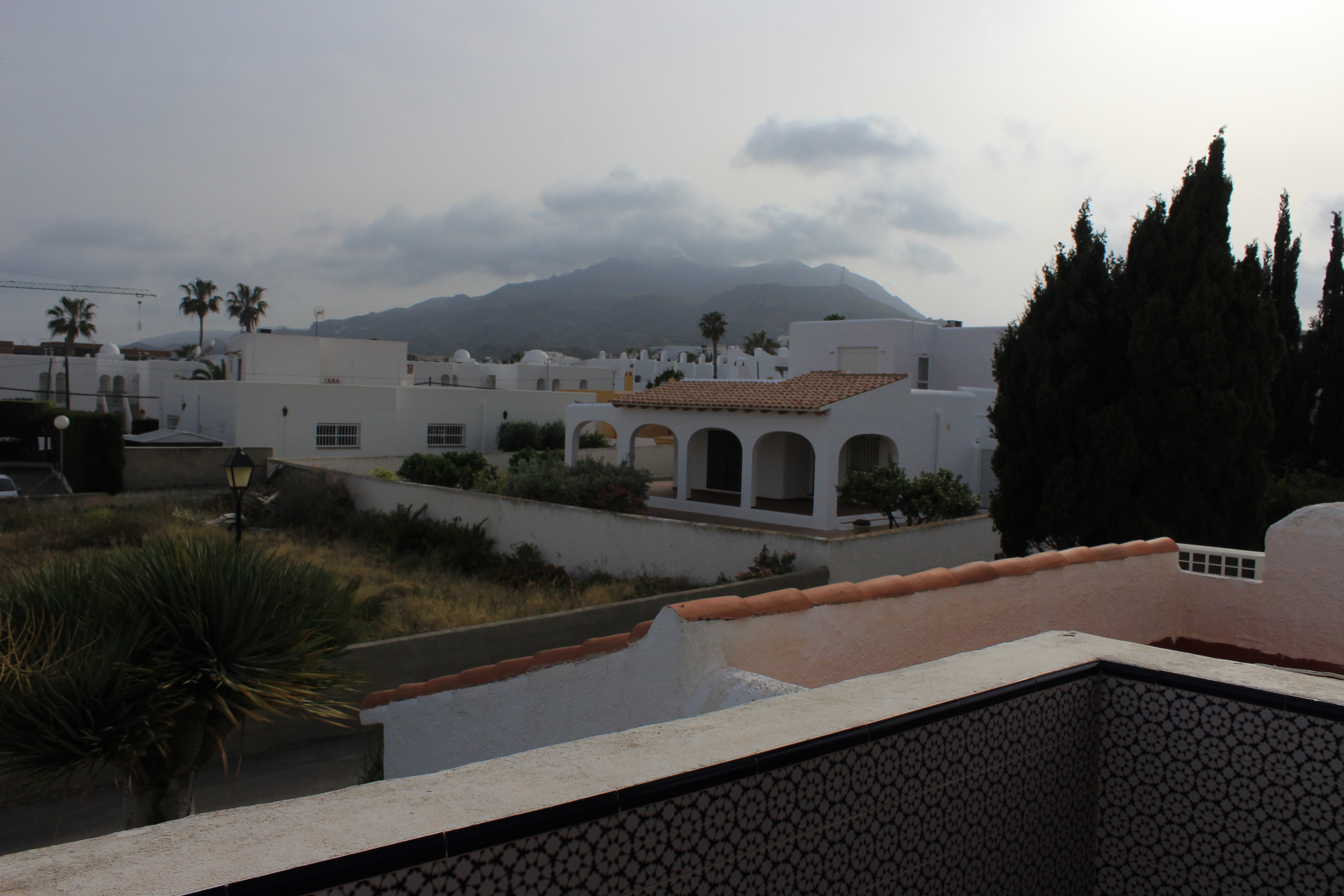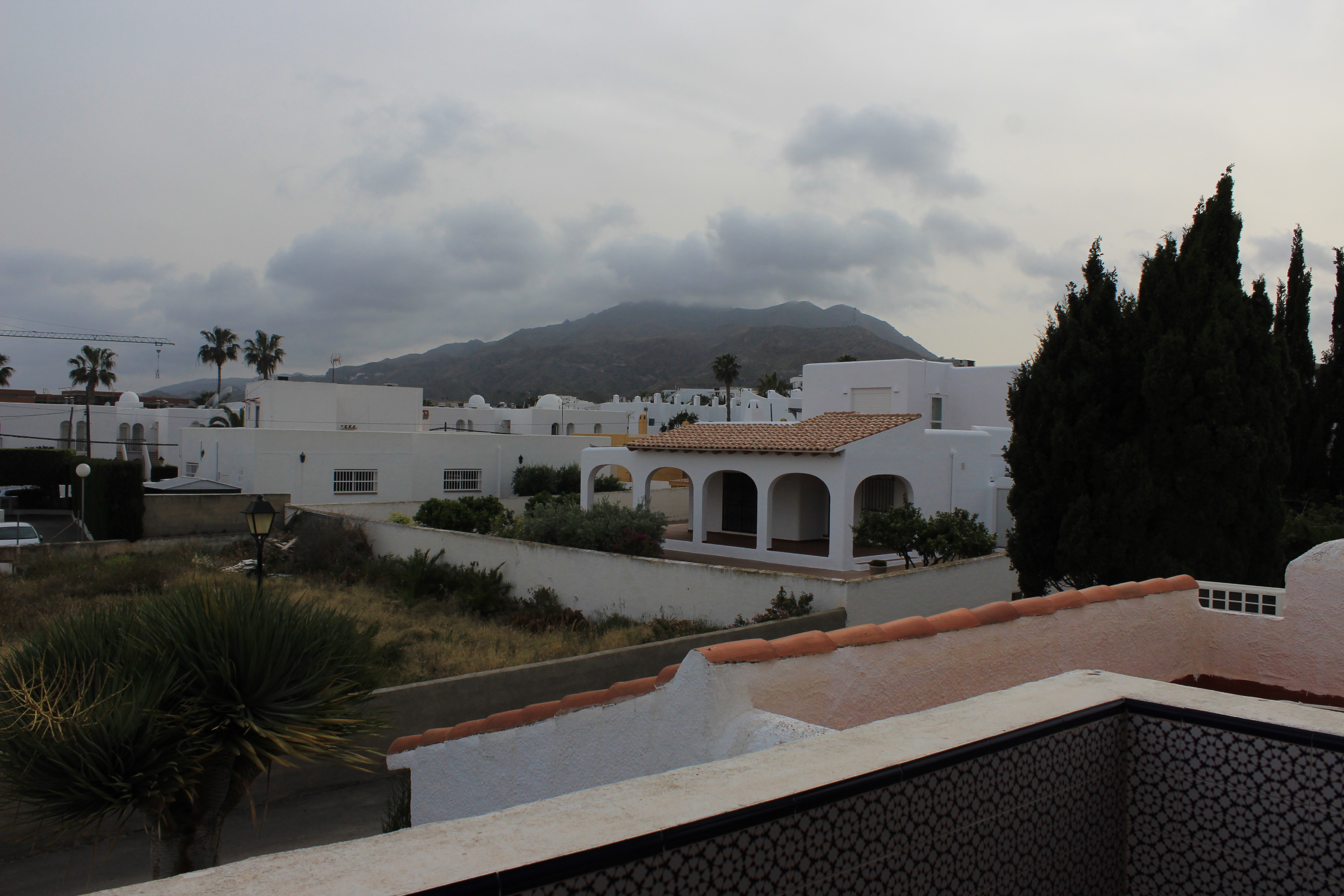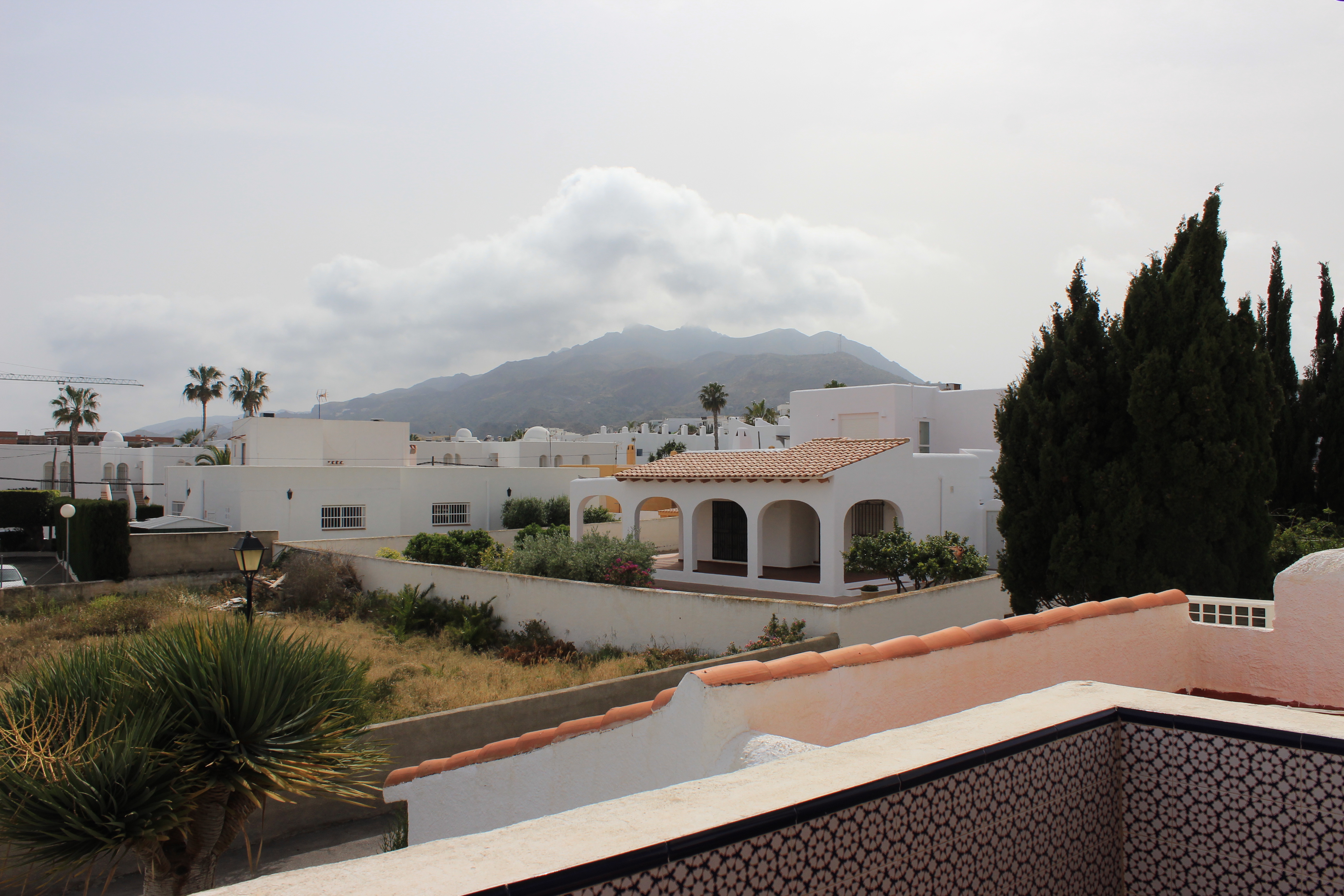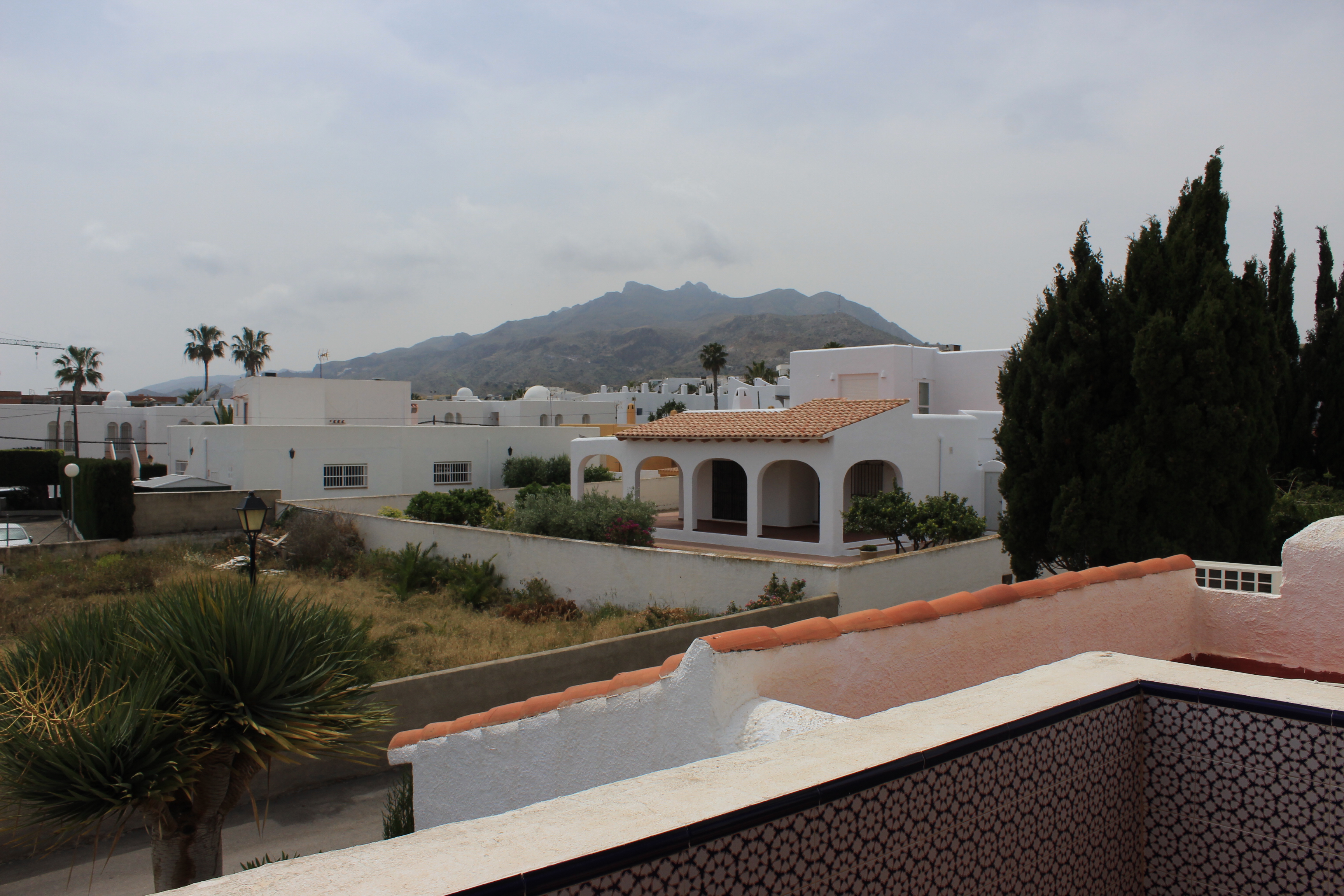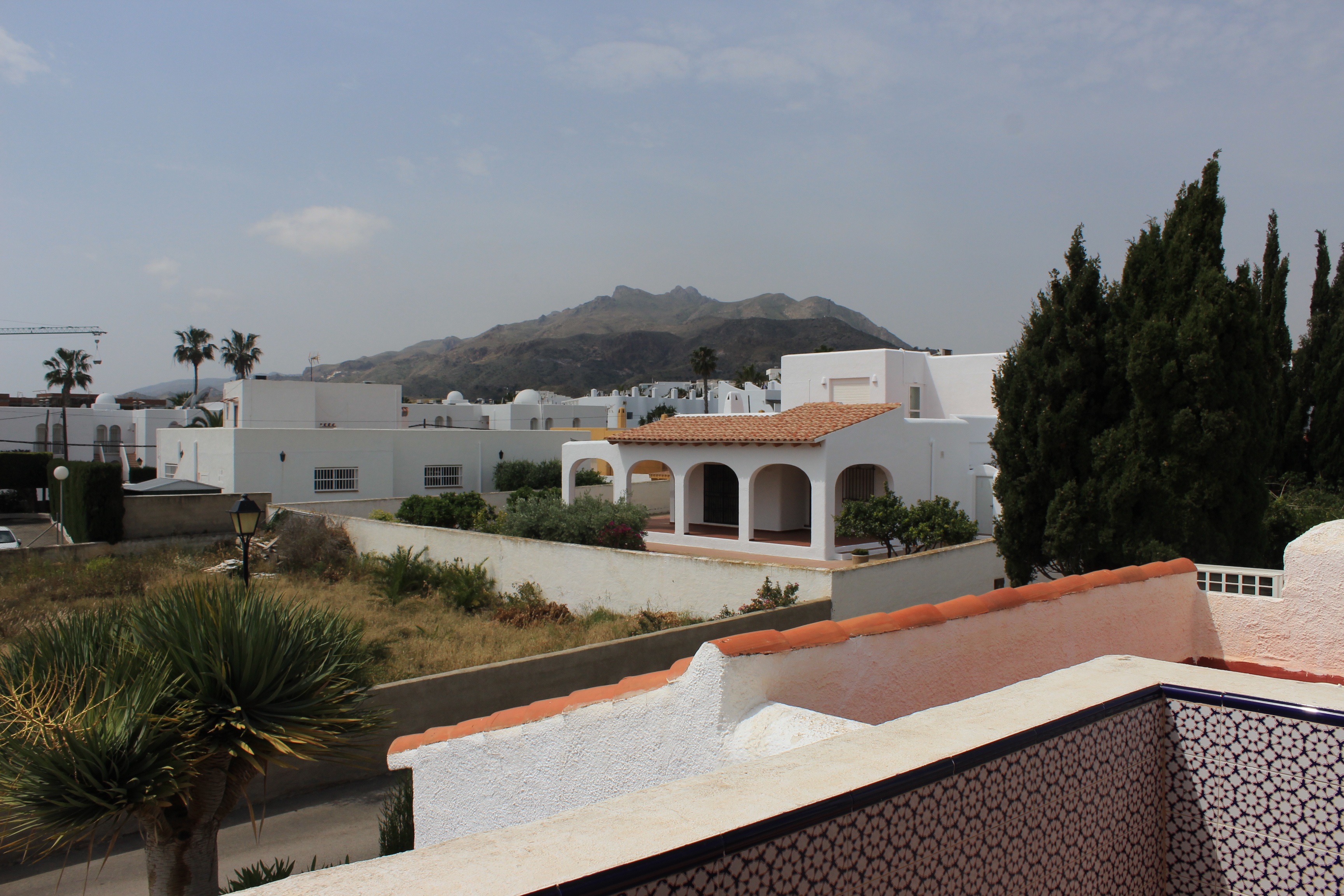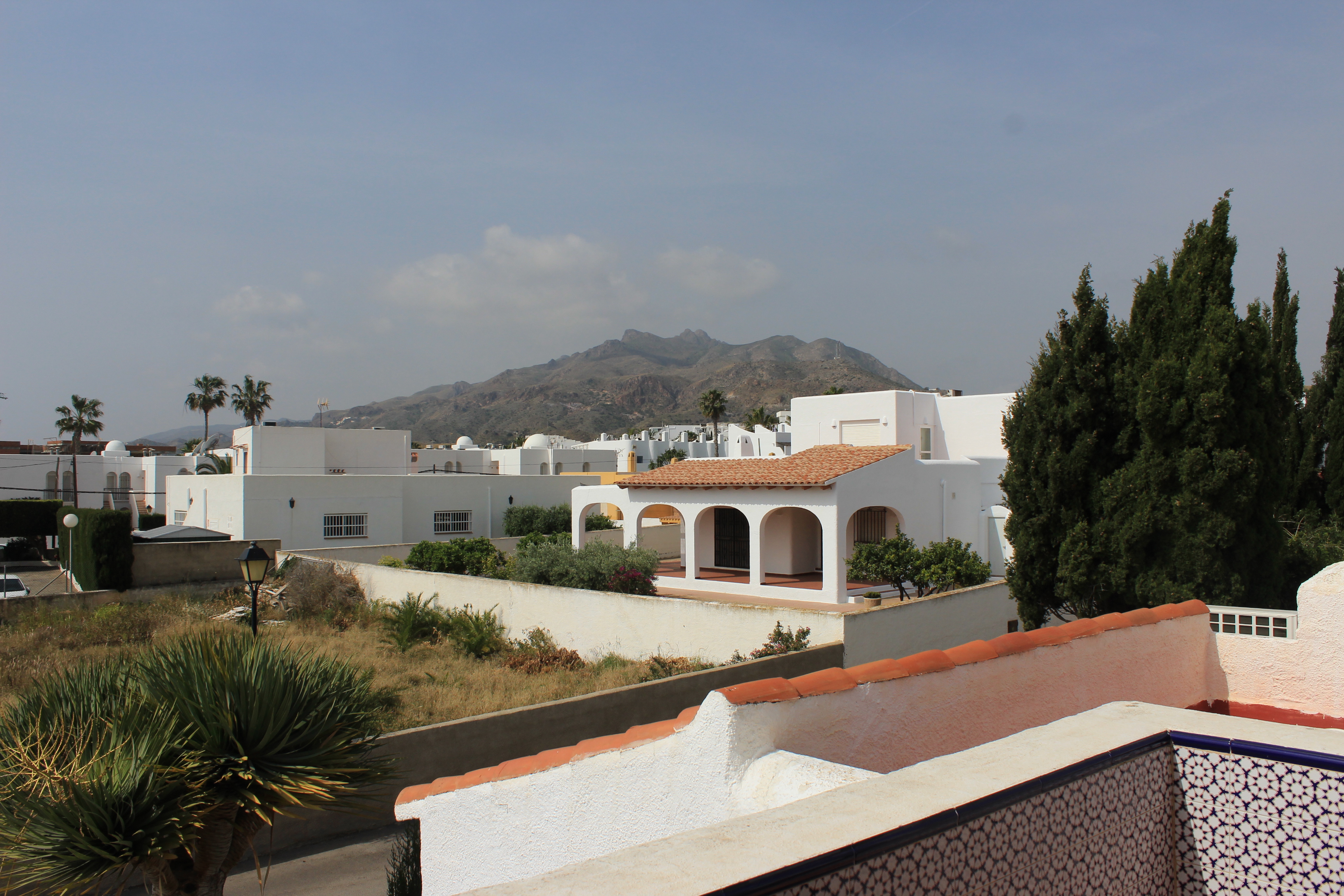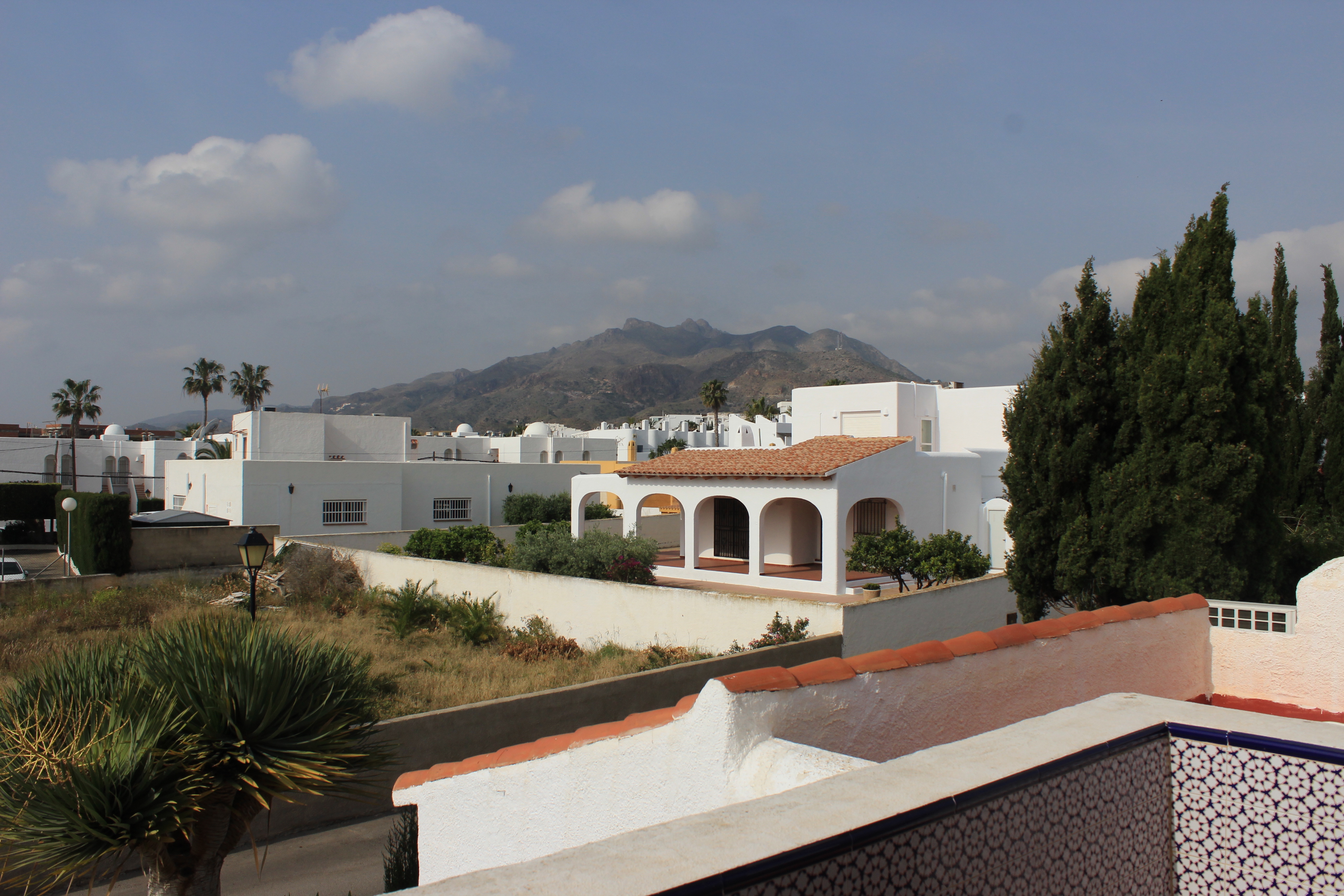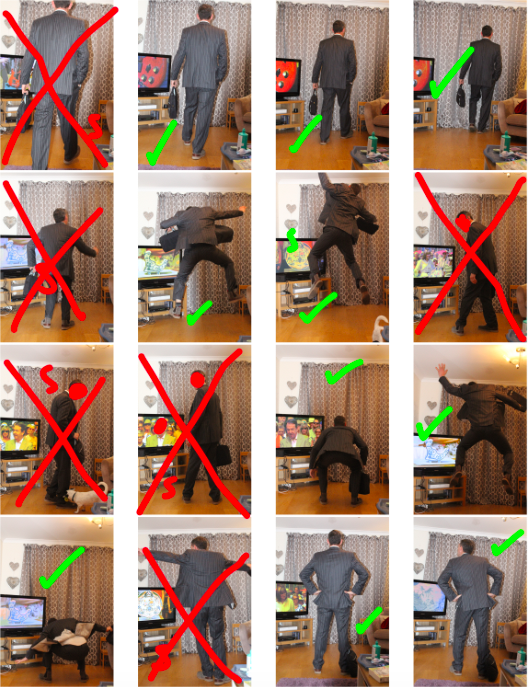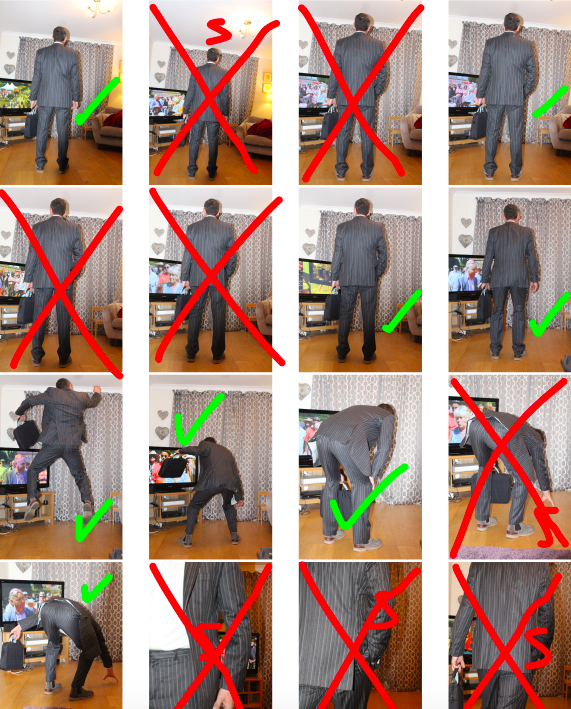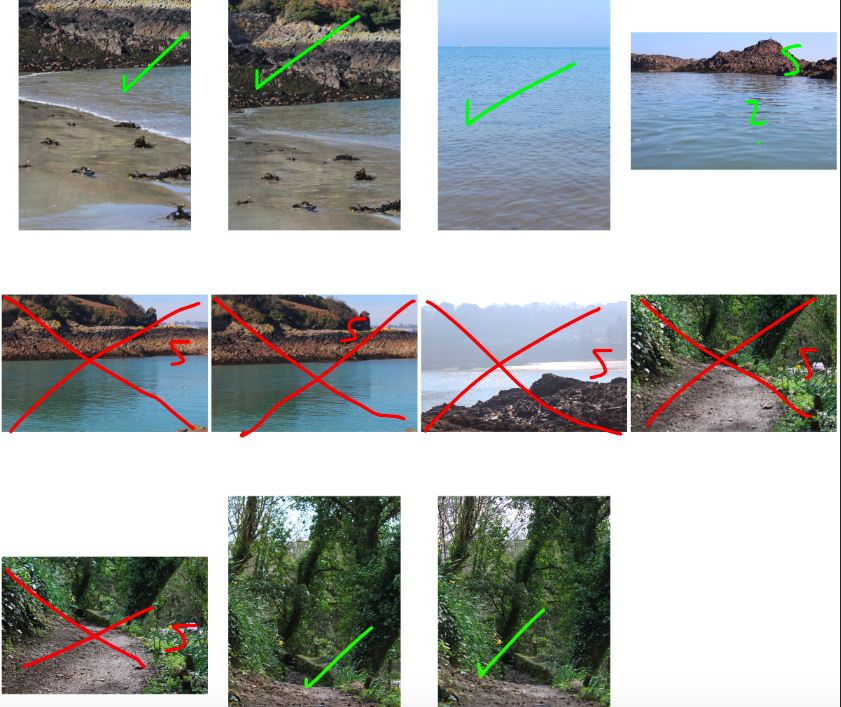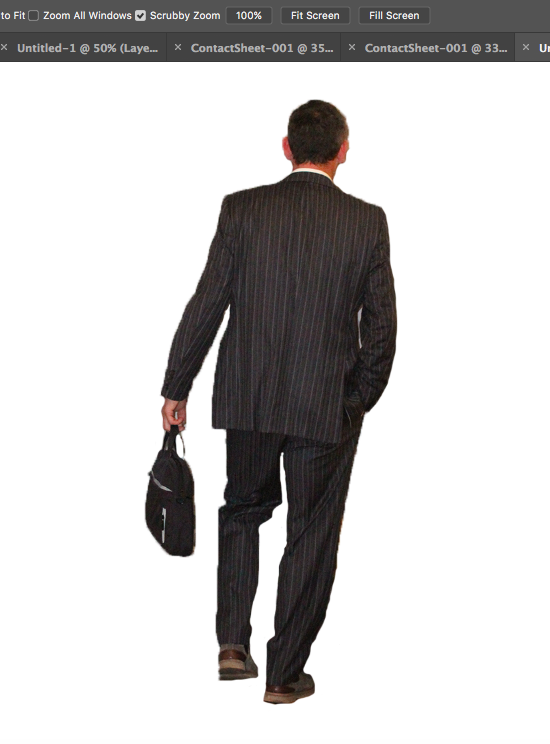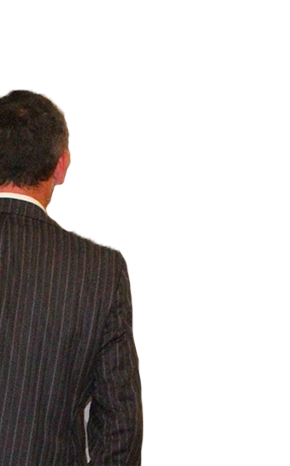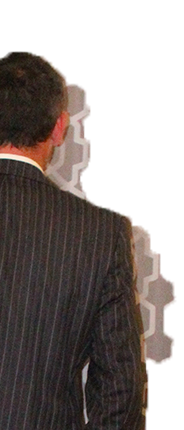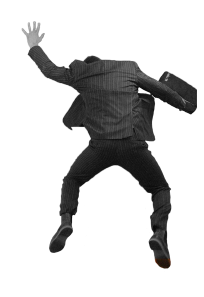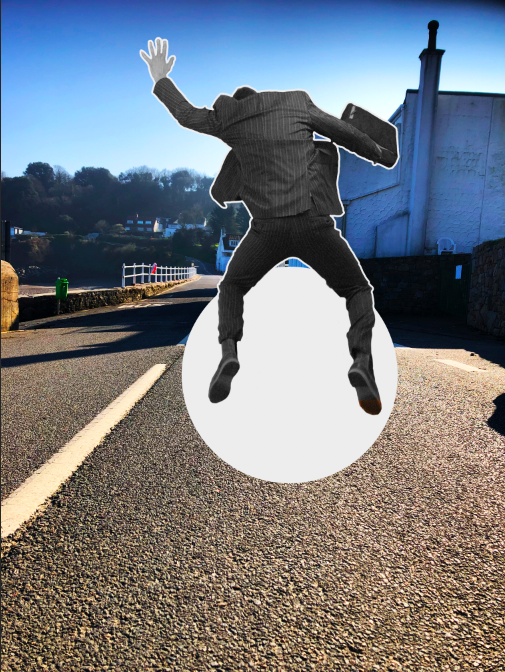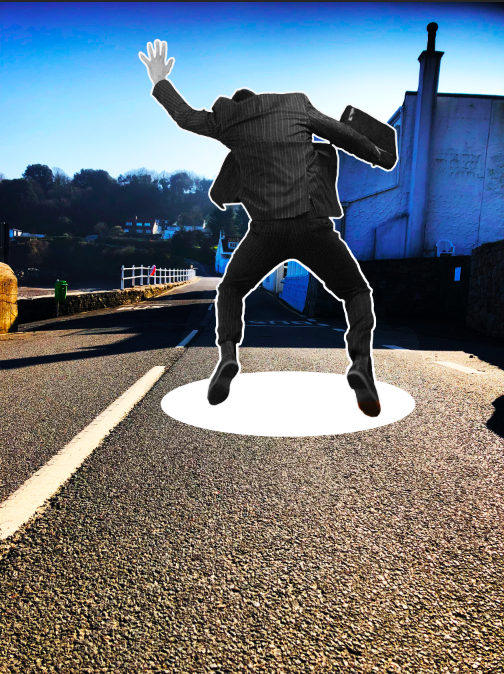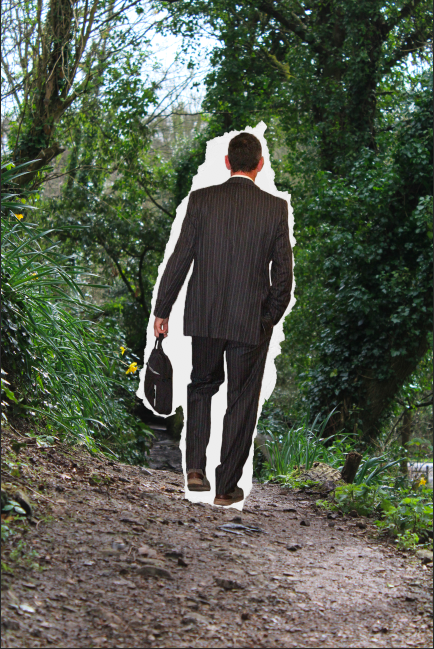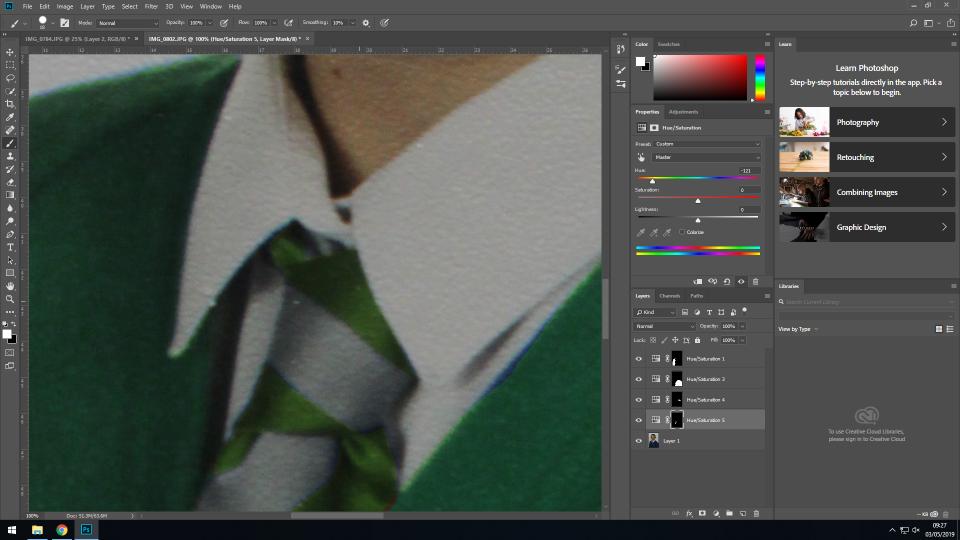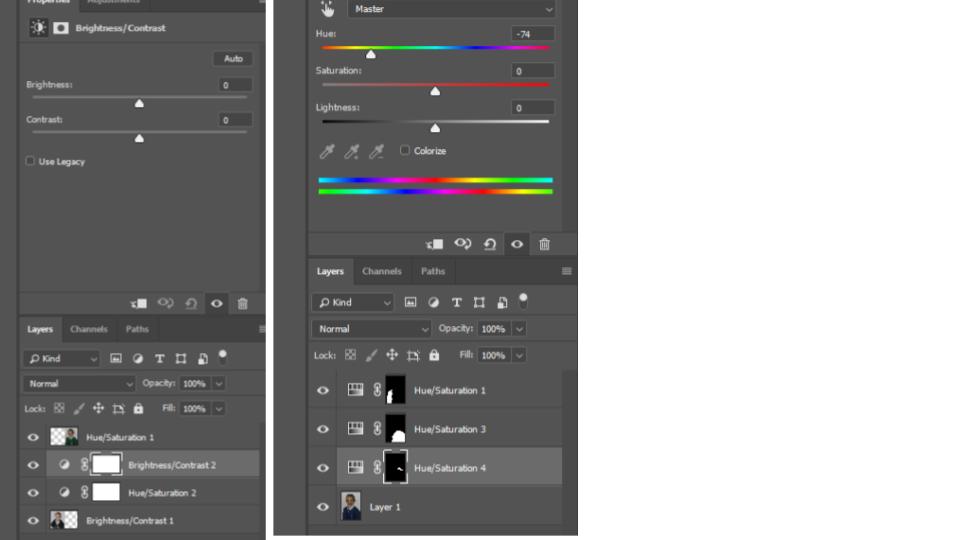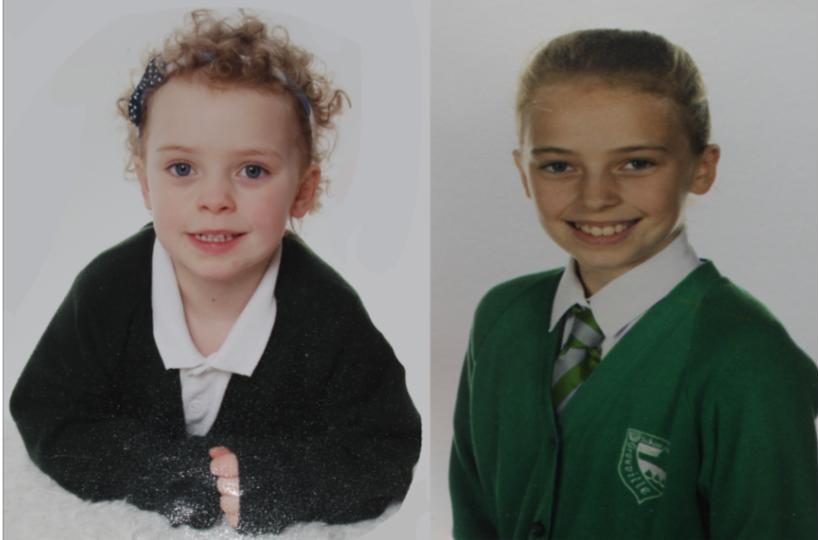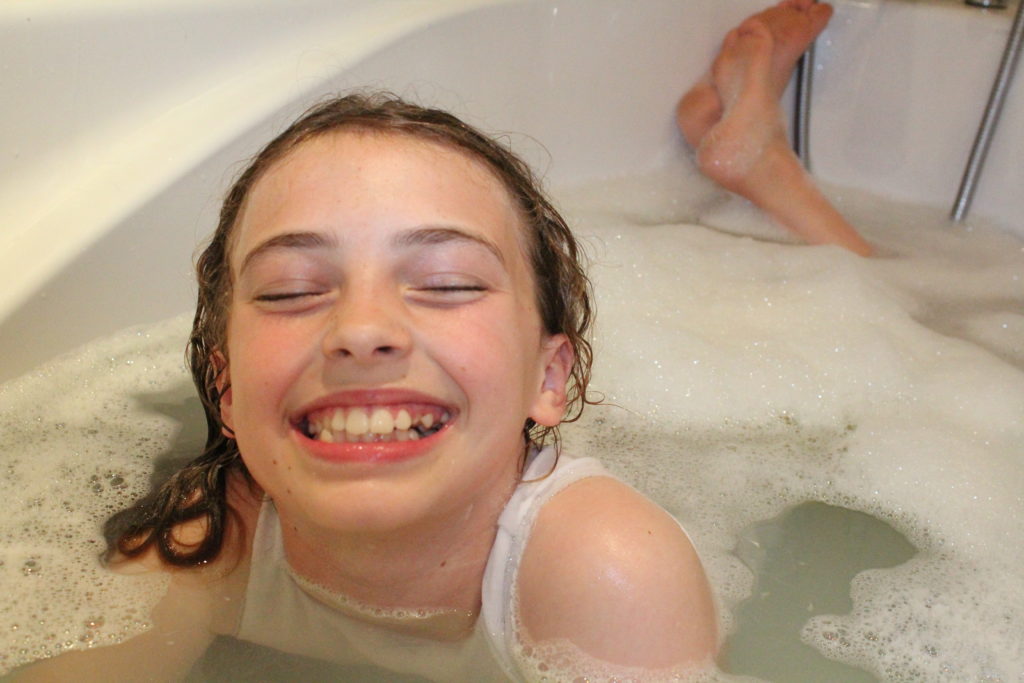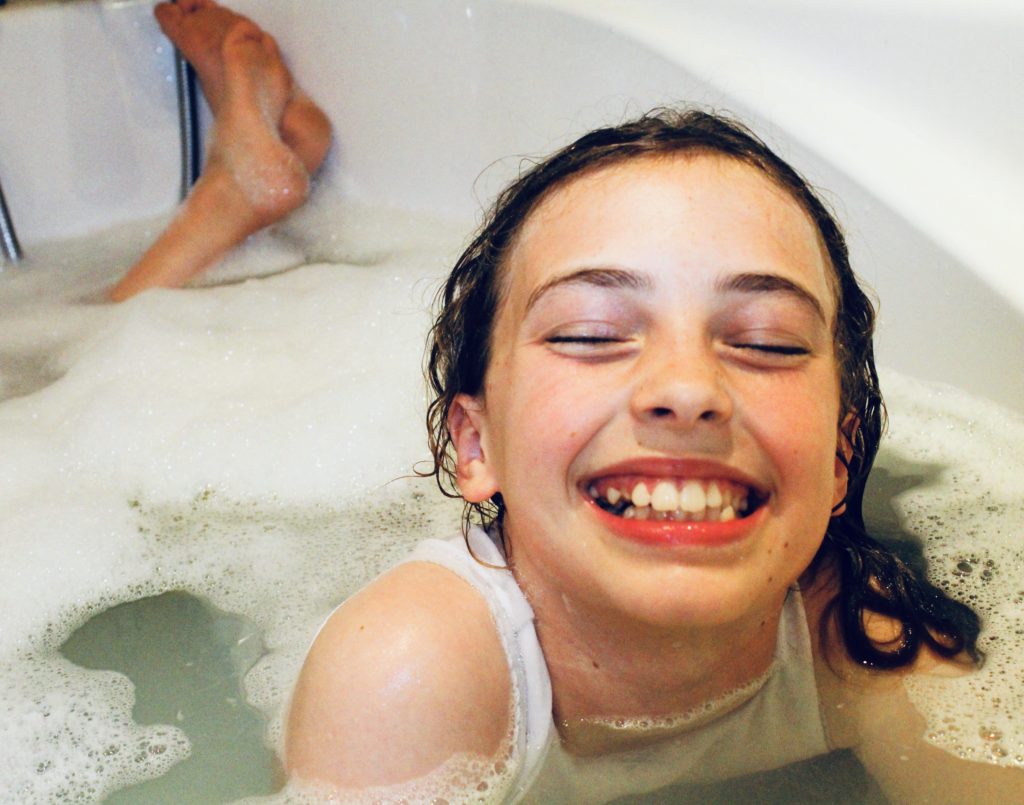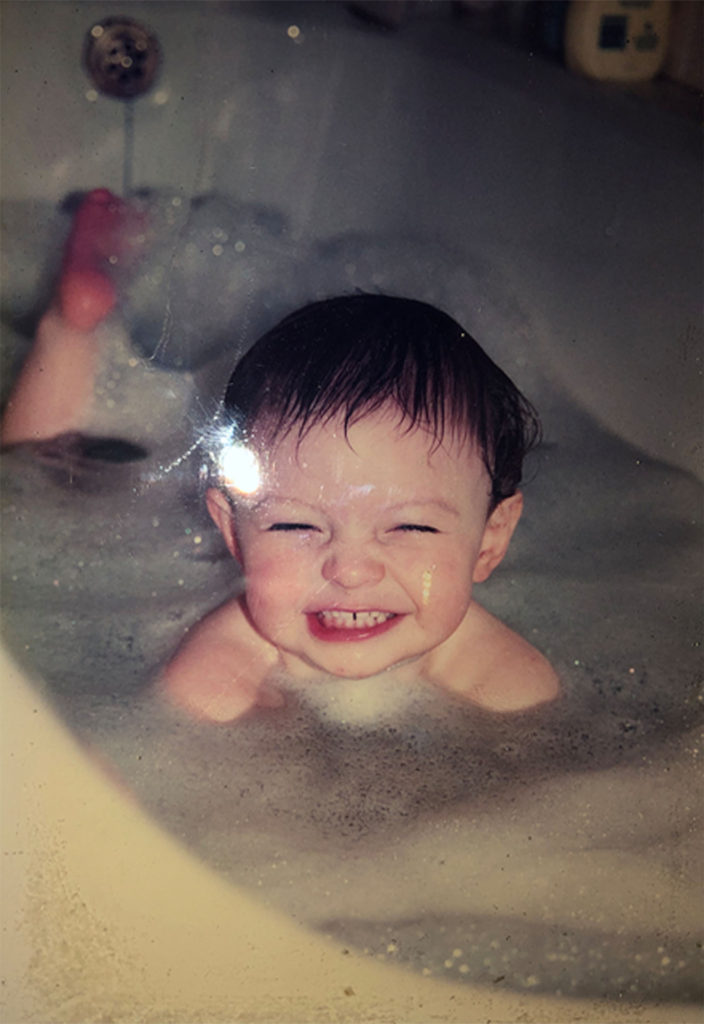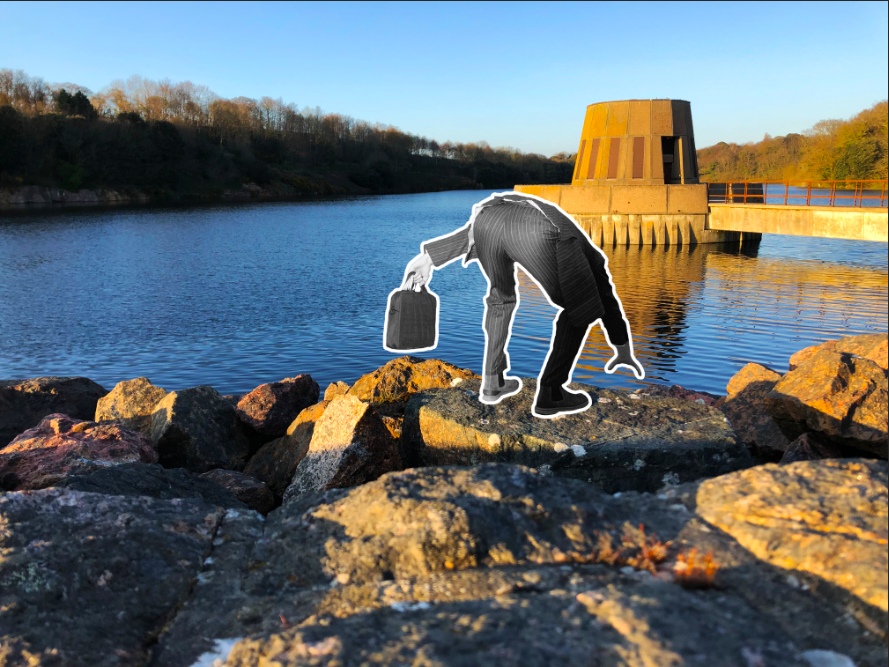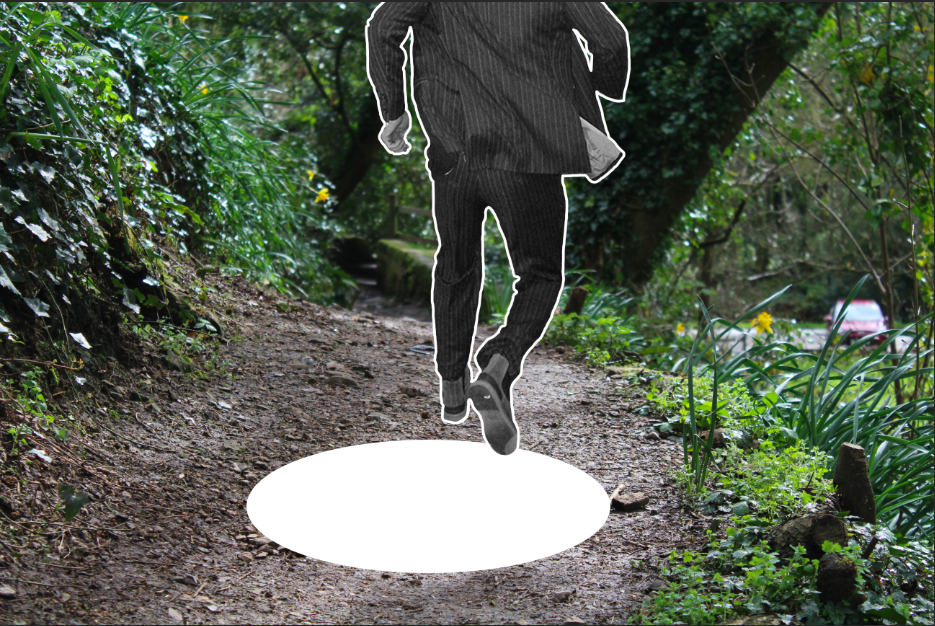I have created a mood-board for each of the ideas/concepts I have developed for the “Journeys & Pathways” project. Along with the inspiration I have taken from my artist research, I also took inspiration from examples of similar concepts and ideas online, and have developed a mood-board based on these findings, which will help with my inspiration for the different ideas:
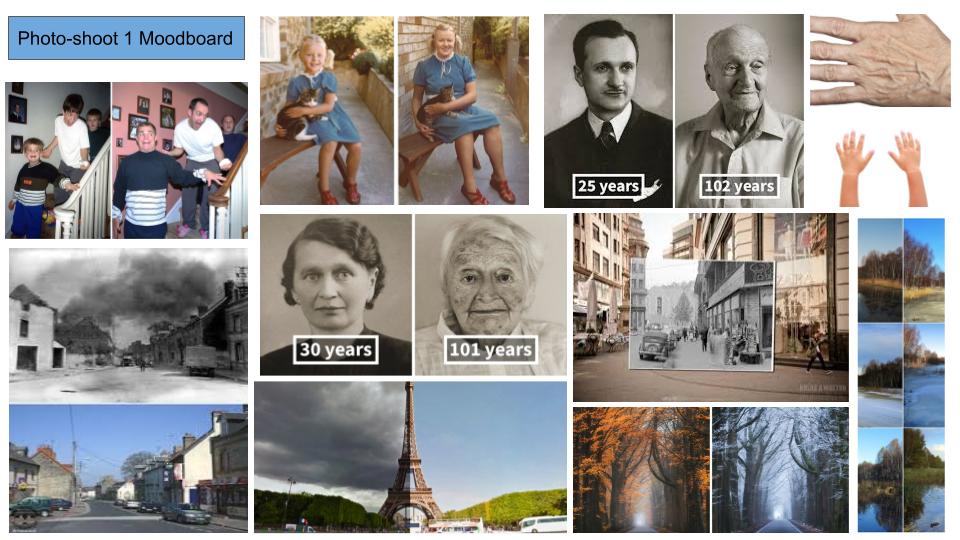
My first photo-shoot involves recreating vintage/archival/past images using the same subjects and the same environment, in order to show the differences and similarities between the 2 times, showing the development of the subject and how their journey through life effected their looks, attitude and the environment around them. I have taken inspiration from other photographers who have recreated vintage images, as well as images that show objects and monuments at different times, displaying the differences and similarities depending on the environment.
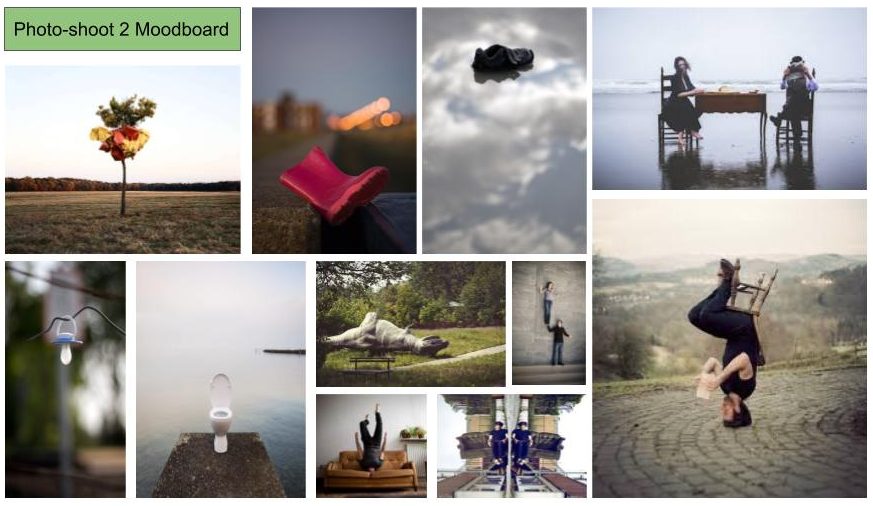
My second photo-shoot involves placing subjects in an opposing or incorrect context or environment, to create a contrast between the subject and the background, showing that the subject is on the incorrect or a countering path to one they should be on. In order to make this mood-board, I took inspiration from images that depict subjects in odd places, where they do not belong. I also researched into images using human subjects, where the people have been placed in the incorrect settings so that their involvement in the image does not make sense to the viewer, and rather creates an element of confusion and mystery.
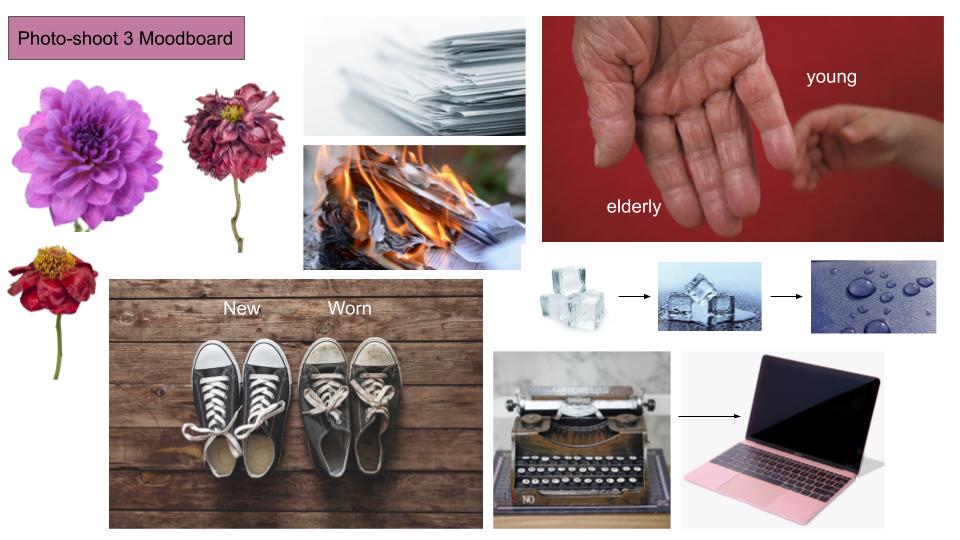
My third photo-shoot revolves around showing the decay of objects through their lives, and documenting the different stages of this process. I have taken inspiration from a variety of objects (household objects, flowers, people) in order to provide myself with the chance to work with multiple objects.


